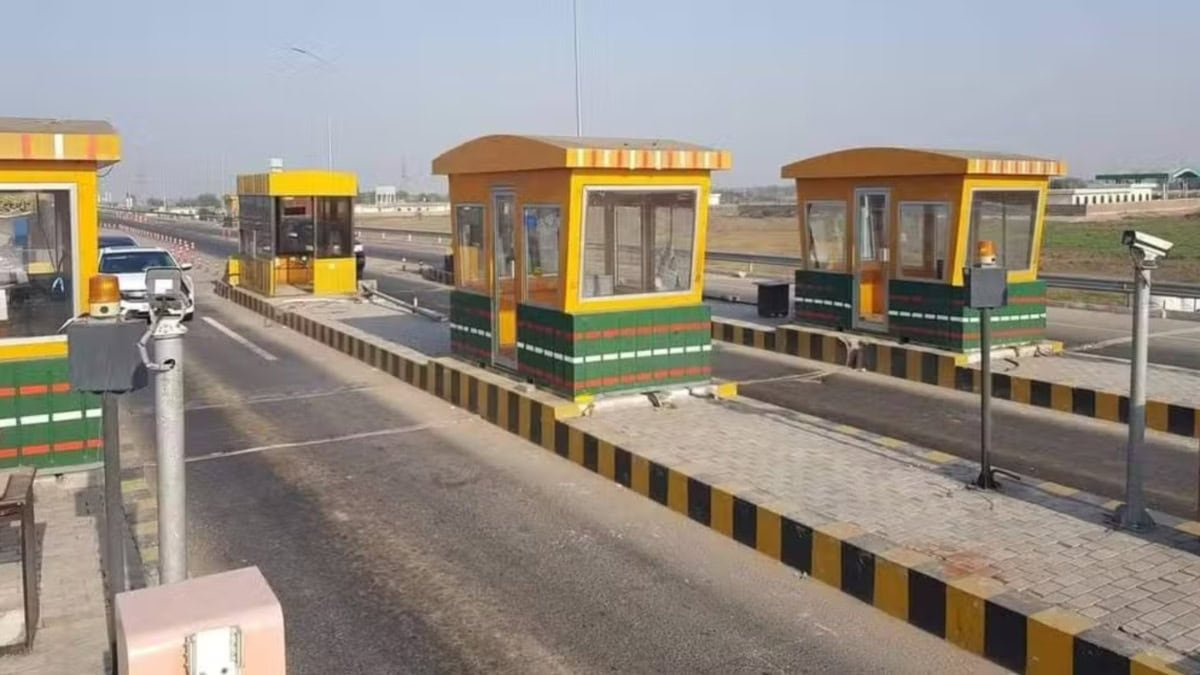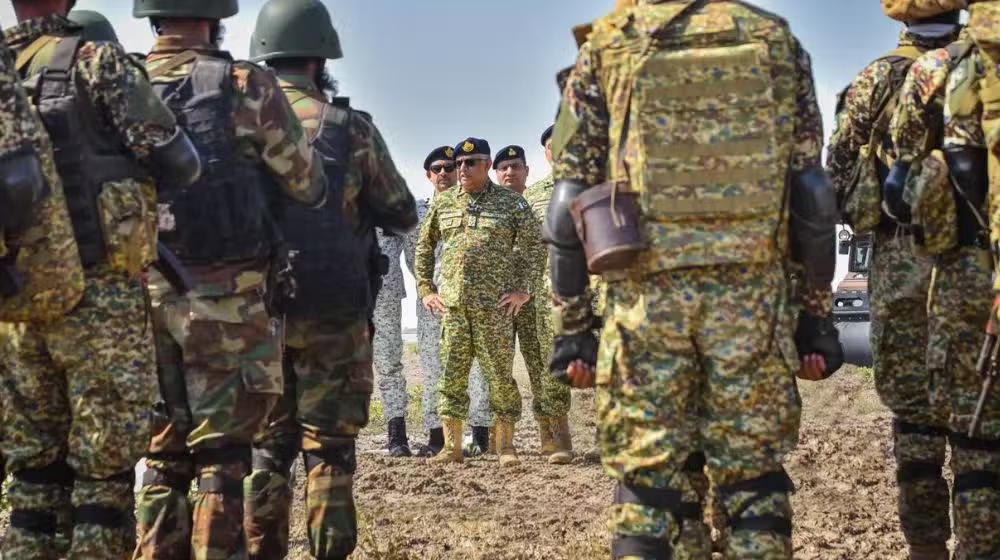Due to the global warming the natural disasters are increasing in the country day by day because, as nation we have failed in disaster management, that is why at national level the death toll in floods and storms is rising because of the mismanagement and non-serious approach of the masses.
If we have a look at the recent incident of swat, that was also a great instance of mismanagement and irresponsibility in which 18 people were died but as nation we have not learn any lesson from it. Therefore the relevant authorities have indicating more disasters in the norther and southern areas of the country. According to the news reports, recently at least 11 more people have died in rain, related incidents as monsoon rains pour over different districts in northern Pakistan.
The Pakistan Meteorological Department (PMD) has issued a high alert for several regions, including Islamabad, Rawalpindi, Lahore, Sialkot, Gujranwala, and parts of Khyber Pakhtunkhwa (K-P) and Balochistan.
Heavy rains are expected to continue until July 11, with flash floods anticipated in local nullahs and streams.
it is reported at least 79 deaths recorded across the country by the National Disaster Management Authority since June 26.
Of the 11 deceased, two children and a woman were killed in Kasur due to electrocution, while others died in lightning strikes and flash floods.
Mohsin, who fell into the Sharif abad drain in Islamabad, remains unknown. Police and rescue teams are searching the area near Sharif abad, Gulberg and the Swat River.
Eyewitnesses said he tried to cling to the edges of the drain but failed. Residents reported strong water flow in the drain.
Meanwhile, a motorcyclist was swept away by rising water levels in the Korang drain yesterday, with a video of the incident circulating on social media.
Ongoing heavy downpours have led to severe disruptions in urban areas, with low-lying parts of Lahore, Faisalabad, and Gujranwala submerged in rainwater. Traffic in these cities has been severely impacted, with several roads blocked due to flooding.
The situation is further complicated by the risk of landslides in mountainous areas, particularly in K-P, Murree and Gilgit-Baltistan.
Meanwhile, in Balochistan, thunderstorms continue to affect regions like Zhob and Sibi, while rivers in Azad Kashmir and Gilgit-Baltistan have swelled, triggering flood-like conditions.
Karachi, though largely unaffected, saw light to moderate rainfall in areas such as Gulshan-e-Heeded and National Highway, causing minor disruptions.
Authorities have urged residents to avoid travelling in affected areas and to remain vigilant.
Rescue teams have been mobilized to assist those impacted by the floods, and the public has been advised to stay indoors where possible.
The government is closely monitoring the situation as the monsoon season persists, with further rainfall expected over the coming days.
According to the above scenario it is an unchangeable fact that on one hand the management system of the country is very weak to counter the storms and heavy rains related disasters, because till date the state is not been succeeded to formed an up to date management and respond system, for the timely help of the affected areas, especially the government have not enough resources to rescue the stucked people by helicopters or other heavy machinery. so that is why in every, disaster our system is failing to rescue the effectees of the incidents. It is also a fact that despite of low resources the state have taken some measures, but there is another problem that the masses are not fallowing the SOP’S that, issued by the state during such stormy season. Therefore, it’s another reason of the failure of disaster management in the country. Now, it’s the responsibility of the state to up-to date the rescue and respond management but without the help of the masses the government could not be able achieve such a target.










